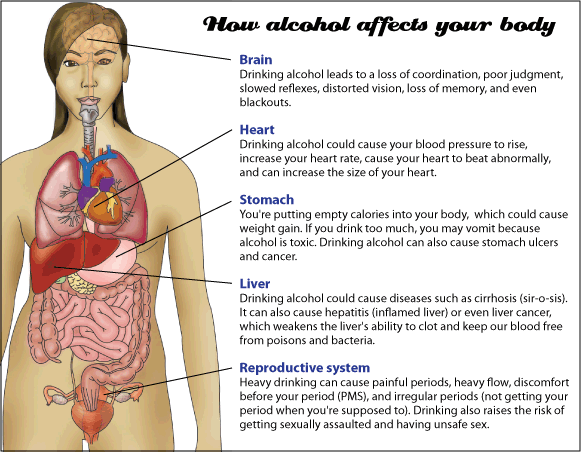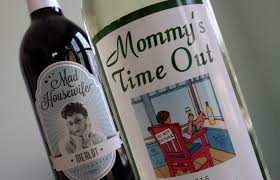Alcohol use among women is up…by a lot. According to a study conducted by JAMA Psychiatry rates of alcohol use, high risk alcohol use, and alcohol use disorder have all increased considerably among women from 2001-2002 to 2012-2013. The study also noted considerable increases in alcohol use among minorities and older adults.
While there has been a recent spotlight on opioid and prescription drug use, alcohol use has quietly been climbing and deaths attributed to alcohol continue to rival any other substance. High risk drinking, which was defined in the study as women consuming more than 4 drinks per day or men consuming more than 5 drinks per day increased by 30% between 2001-2002 to 2012-2013. Among women specifically, high risk drinking increased by nearly 60%.
When looking at problem drinking, which is defined as alcohol abuse that causes recurrent problems in daily life or alcohol dependence, rates among women increased by an alarming 84% within the ten-year time span. While men are still more likely to be problem drinkers than women, women are quickly catching up.
Binge drinking among women, which per The National Institute on Alcohol Abuse and Alcoholism (NIAA), is defined as 4 drinks or more in a two-hour period has also increased considerably- especially among older women. From 1997-2014 rates of binge drinking among men over 60 have stayed fairly steady, while rates for women over 60 have increased an average of 4% each year.
Women are known to be more sensitive to the damaging effects of alcohol. Aside from having generally a smaller stature than men, women also tend to have more body fat and less water (which dissolves alcohol) in their bodies compared to men, and tend to have less alcohol dehydrogenase- an important enzyme that helps our bodies break down alcohol.

The Centers for Disease Control defines heavy drinking as being more than 15 alcoholic drinks for a man per week or 8 drinks per week for a woman. Excessive alcohol use among women has been associated to cancer, heart disease, high blood pressure, stroke, gastrointestinal distress, liver damage, and brain atrophy among other health problems.
Researchers have theorized that with more women entering the work force and confronting demands of work-life balance, alcohol may be a way of coping with increased stress loads. Additionally, women can be faced with sexism, lower wages, job uncertainty, and exposure to trauma.
Throughout the media, heavy drinking among women has been normalized and in many cases associated with attractiveness, likability, and humor. There is less shame or guilt around alcohol use compared to other substances. Alcohol use is often socially acceptable and at times, even expected. A woman’s sobriety at the bachelorette party or girl’s night out may be critiqued more so than if she were to get buzzed or intoxicated.


As Oregonians and even more so, as Central Oregonians, it is hard to ignore the booze culture as trendy breweries seem to be popping up all around us. Booze tourism is serious business and the allure of what’s next on the horizon can be in all senses of the word, intoxicating. For many it is hard to contemplate fun or social outings without alcohol in the equation. It is easy to become desensitized to consequences and long-term implications.
Ultimately, while brew cycles and craft beers can be enjoyed responsibly, it is important that we maintain a realistic and frank dialogue about the very real dangers alcohol encompasses. If you or a loved on is struggling with alcohol know that there is help and certainly, know that you are not alone.
As always, thanks for listening everyone!
Wishing you health and vitality.
With gratitude,

Audry Van Houweling, PMHNP-BC, Owner & Founder She Soars Psychiatry, LLC
541-595-8337/Sisters & Silverton, Oregon/ www.shesoarspsych.com